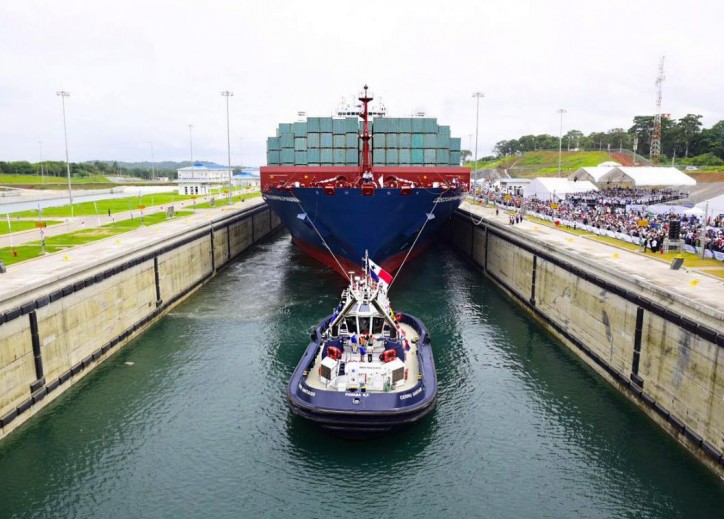On February 23, 2022, Panama issued its latest Advisory to Shipping APC 2023, which you can find attached hereby, noting the latest requirements regarding acceptable bow tug chock locations.
This requirement was first included in APC regulations 2023 alongside additional requirements for Neo Panama vessels but few shipowners have realized that modifications will be required to their previously approved vessels.
Should these vessels present themselves for transit at the Panama Canal in the future as currently outfitted and arranged, by itself will not be considered as sufficient cause to deny transit.
However, vessels with deficiencies may be required to sign an Undertaking to Release and Indemnify form, designed to relieve the Panama Canal Authority of all liability for damages to or caused by said deficiencies.
Vessels that have a modification deemed necessary, are given a time frame for the modification consistent with the nature of the necessary changes.
In this case, the vessel will be allowed to transit as is after signing a release for the deficiency.
A proposal for modifications must be submitted for review with the date the same will be implemented after our approval, which must be as soon as possible at a convenient date, but no later than the next scheduled dry-dock.
Investing in the upgrade of existing vessels for Neo-Panama Canal navigation offers several benefits. It enables shipping companies to capitalize on the canal’s increased capacity, reduce transit times, and navigate the waterway with greater ease. Additionally, compliance with the Neo-Panama Rules positions companies to take advantage of the evolving dynamics in global trade.
In conclusion, while the upfront costs of upgrading vessels may seem substantial, the long-term advantages in terms of operational efficiency and competitiveness make it a strategic move for shipping companies looking to stay ahead in the ever-changing maritime landscape. Adapting existing fleets to meet Neo-Panama Canal requirements is not just a compliance necessity; it is an investment in the future of streamlined and sustainable shipping.
STEP 01: Preliminary study on vessel specifications to find out the acceptability of the current design and required modifications for APC 2023 regulation compliance.
STEP 02: Submission of Revised Mooring Arrangement to Panama for approval and confirmation of Eligibility for Transit until next DD, when required
new modifications will be implemented.
STEP 03: Submission and follow-up of the Class approval process.







